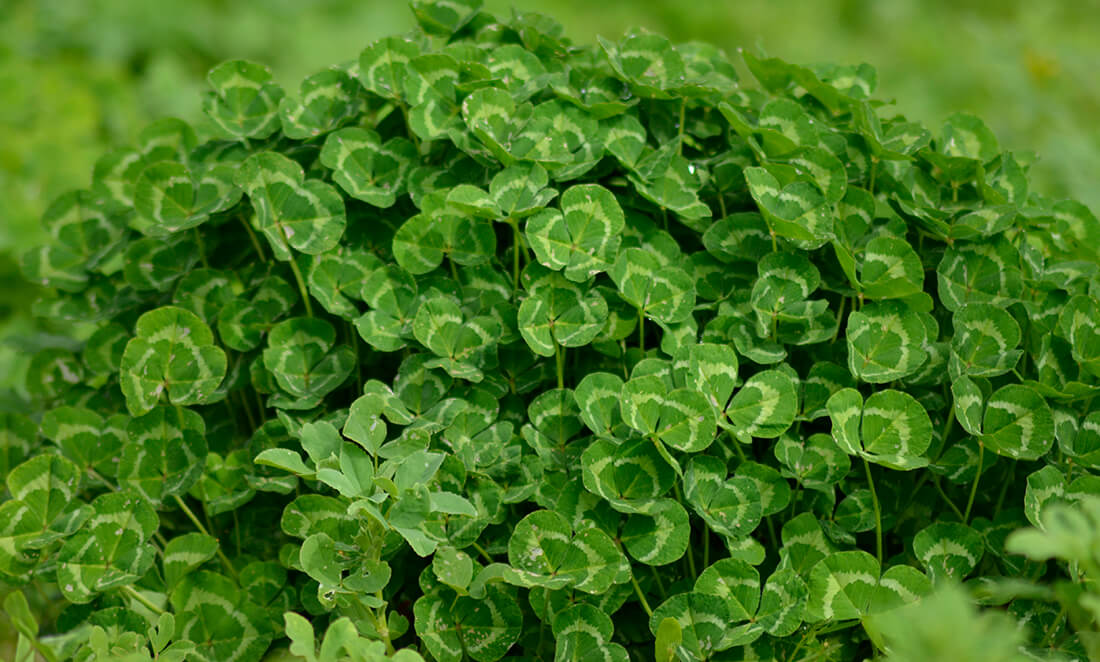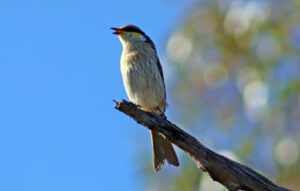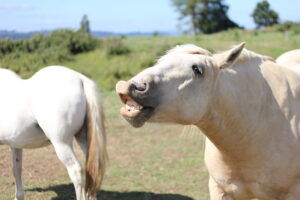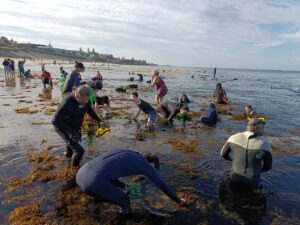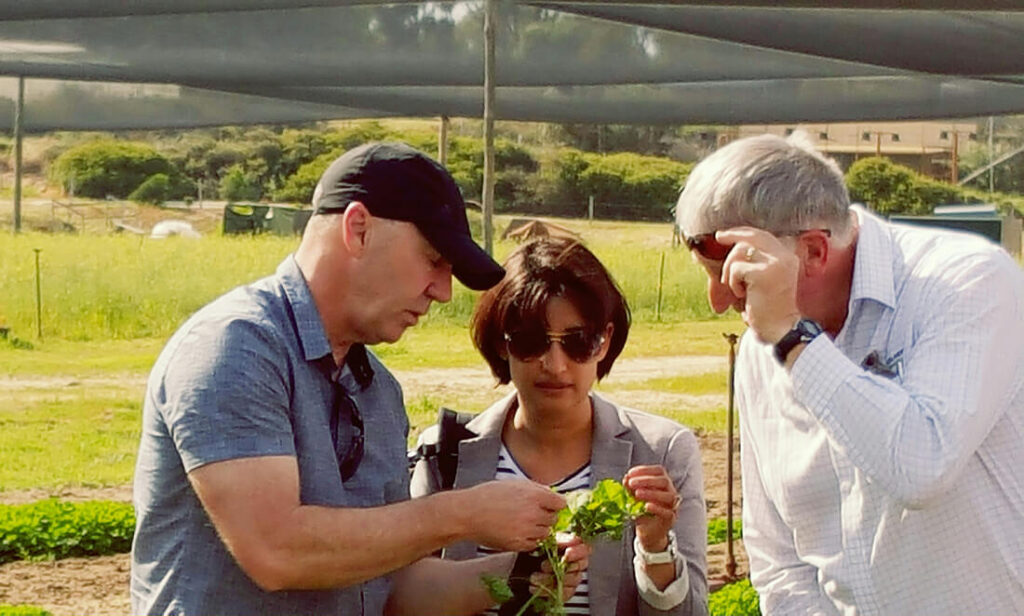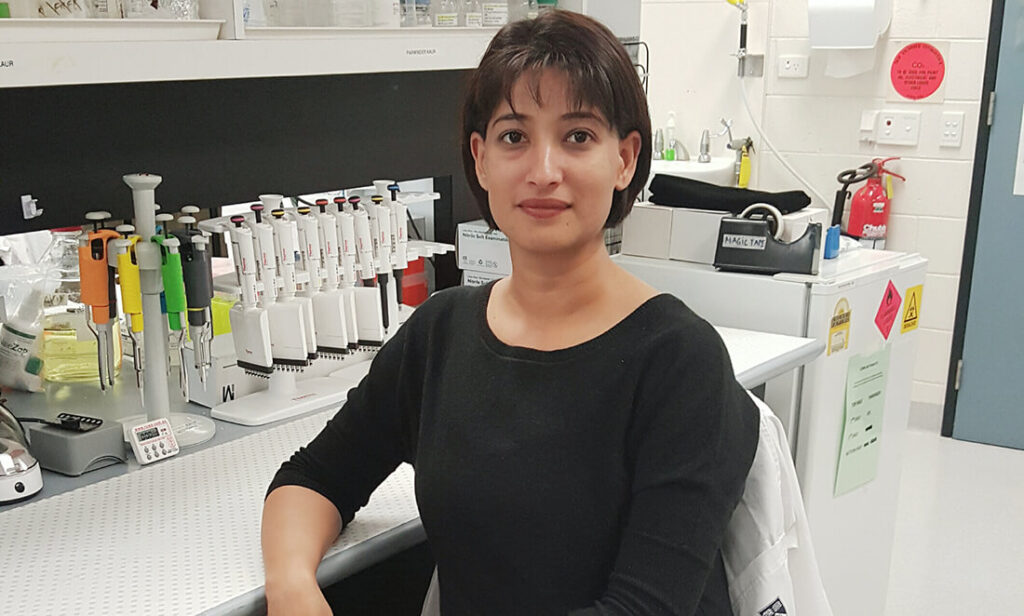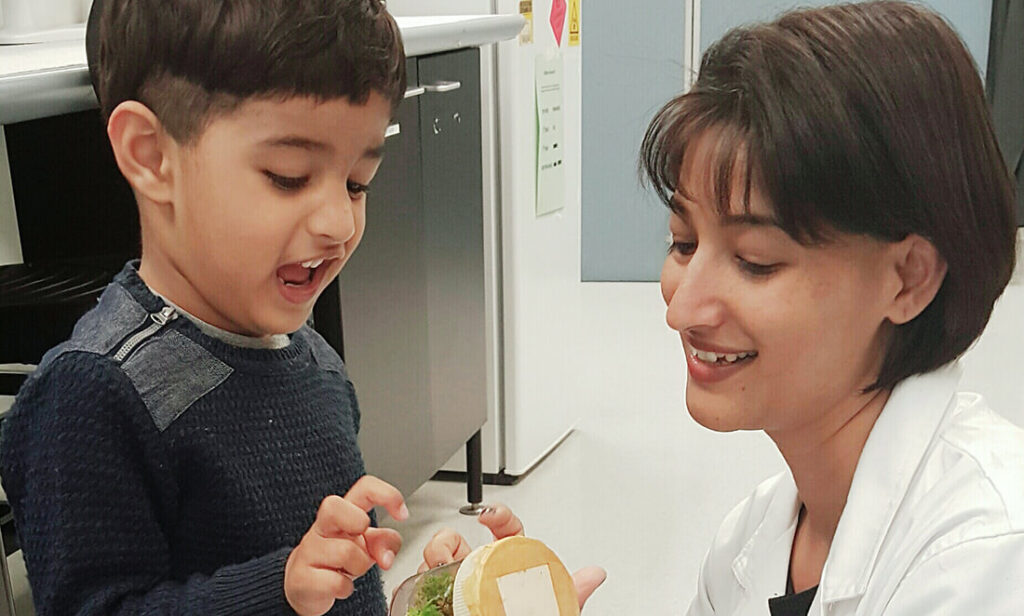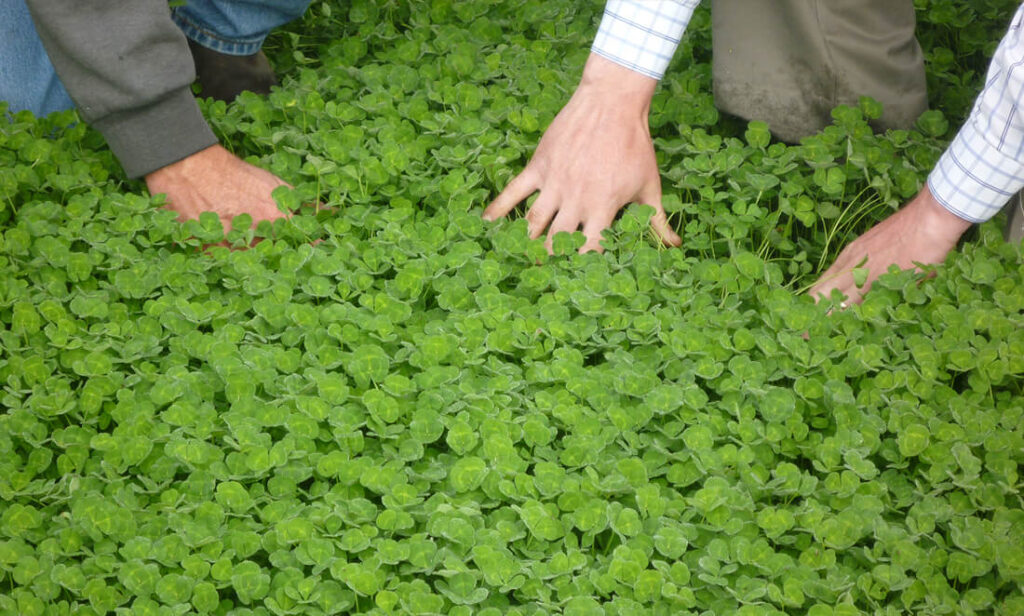Subterranean clover dominates pastures across the nation, providing food for our grazing livestock, but the plant is not without its problems.
Certain types of subterranean clover contain high levels of isoflavone, a plant-based oestrogen, or phytoestrogen. Phytoestrogens can have oestrogenic effects when consumed, causing infertility in certain animals, including male sheep.
Eating other clover varieties can make animals burp excess methane, a potent greenhouse gas.
WA scientists are looking to fix these problems by optimising—and burp-proofing— subterranean clover.
INSPIRED BY EXPERIENCE
Growing up, Dr Parwinder Kaur witnessed her uncles’ farming heartbreak.
“Although farmers produce all the wonderful food we eat, I saw them struggle,” she says.
“The success of a crop can come down to the weather, or some terrible disease or pest can wipe it all out.”
Determined to do something, Parwinder completed studies in agricultural science and began the hunt for the perfect clover.
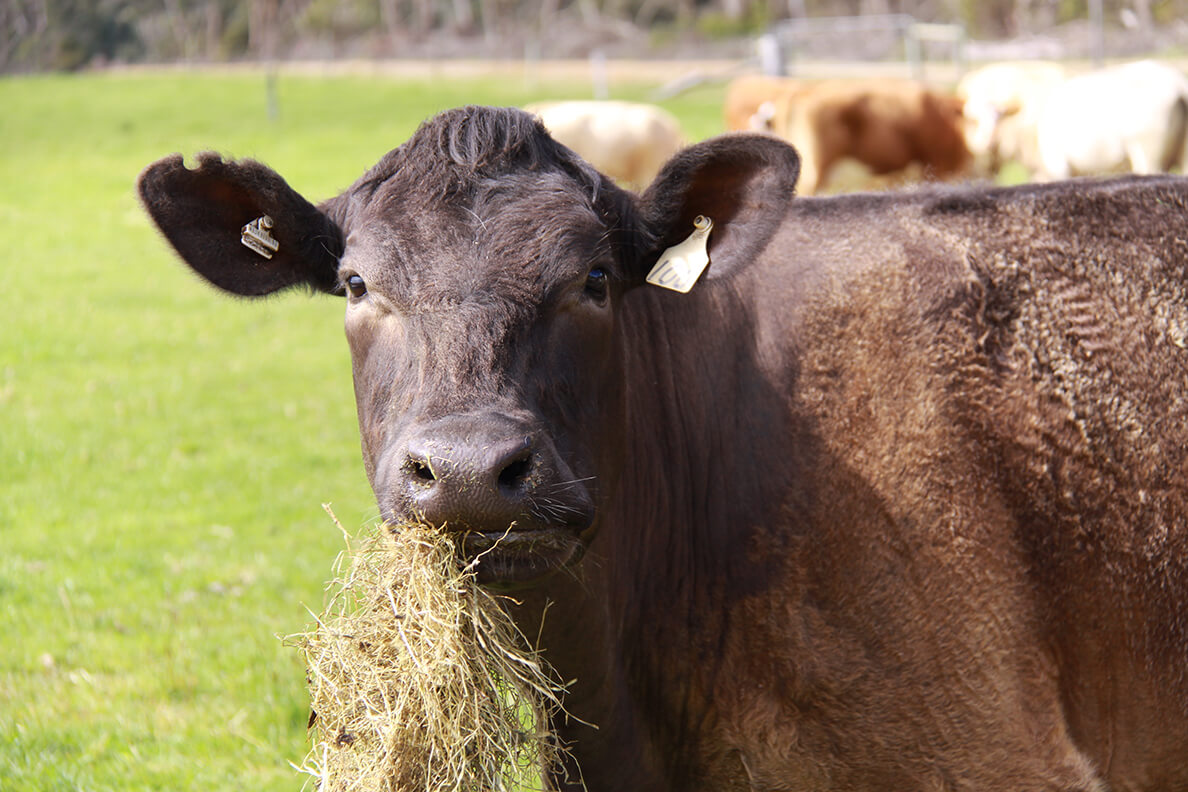
THE BURP-BUSTING CHALLENGE
Perth is home to the world’s clover collection: 10,000 different kinds of clover. “So why can’t we find the perfect clover that releases the least methane into the environment?” asked Parwinder.
In 2011, she set out to do just that but soon came to a roadblock.
“I found it wasn’t a simple thing,” she laughs.
Parwinder realised she didn’t have enough detail about the clover’s genes.
To solve the problem, she boldly suggested she might sequence the complete clover genome. Her proposal won the 2013 Science and Innovation Award in Agriculture, Fisheries and Forestry.
CRASH COURSE IN CLOVER DNA
Fast-forward to 2016, and Parwinder has identified and ordered 481 of subterranean clover’s 552 million DNA base pairs.
“It’s like a shredded book with 552 million words,” she says.
As for the burp-busting challenge, the answer is written in the plant’s genome. “And now we can read it like a book,” says Parwinder, who has already found the DNA associated with methanogenic potential.
“It’s a region on chromosome-8,” she smiles.
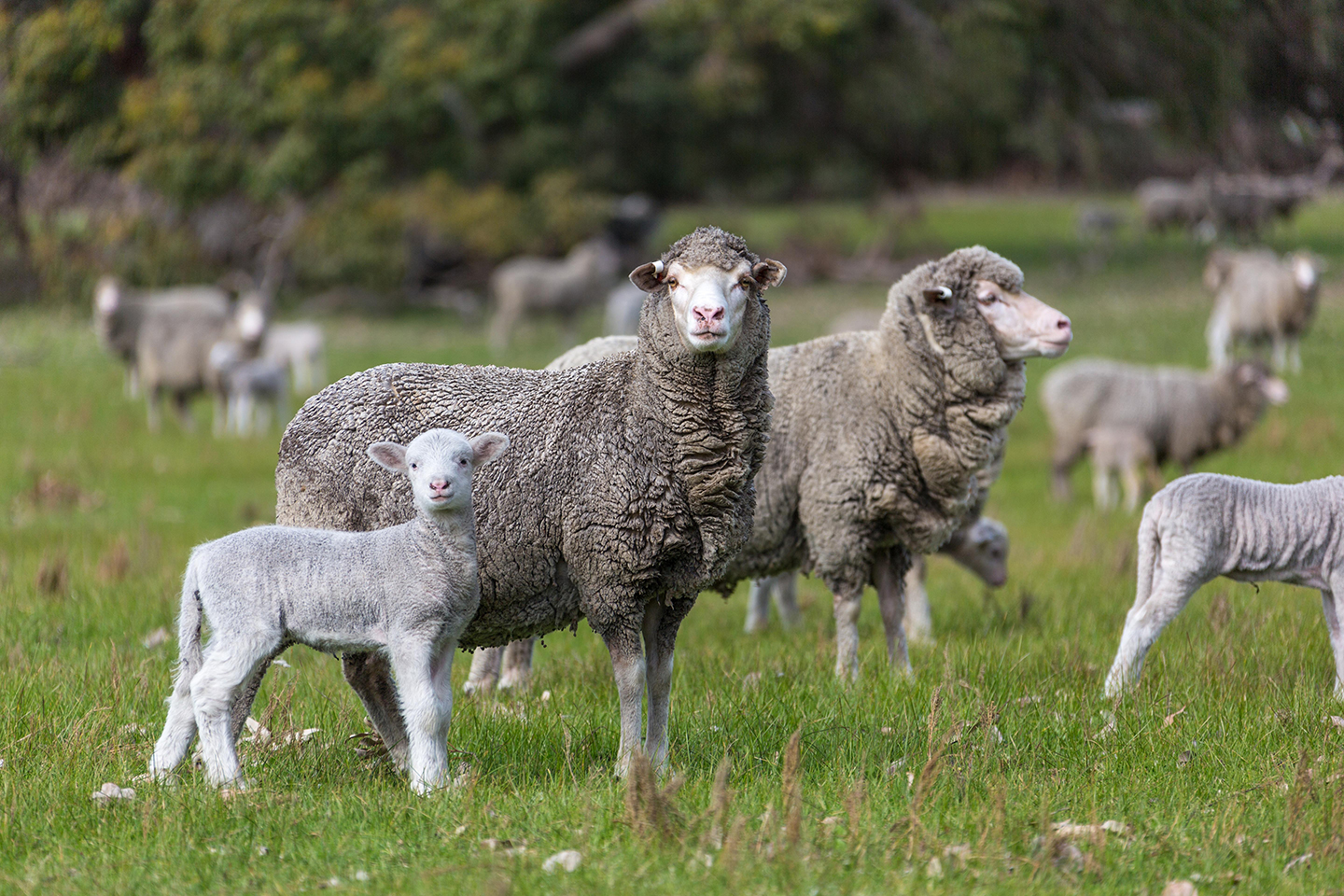
THE RIGHT CLOVER FOR THE RIGHT PURPOSE
“There are more than 50 clover traits we can select for,” Parwinder enthuses.
Clovers low in isoflavones are better for breeding sheep; clovers high in isoflavones are great for managing menopause.
“We can make sure we’re growing the right things for the right purpose—the key to the grower’s prosperity.”
Parwinder’s research could have even larger implications for the future of Australian agriculture.
“Just imagine we find out what is required on a genomic level to make plants grow well in drought. If we have drought-tolerant crops, we can make a big change to the whole scenario.”



